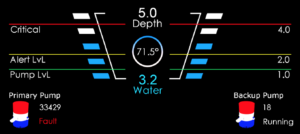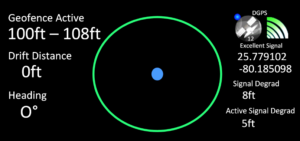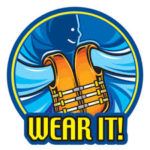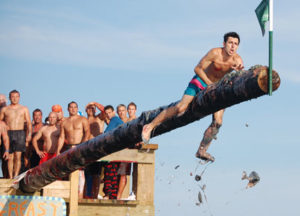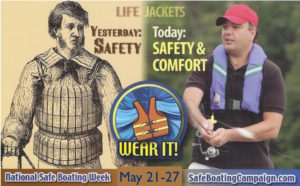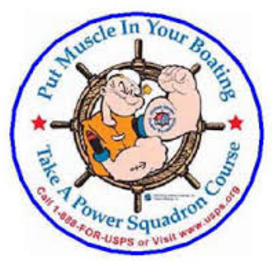Putting your boat up on the hard means that the boating season is over and, for many boat owners, a few months of low-level anxiety being away from their vessels is about to begin. This stress can be even more pronounced if you leave your boat in a slip during the winter months.
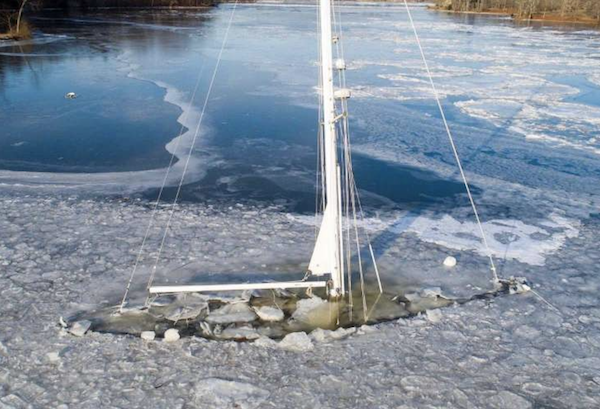
One way to reduce the anxiety of being away from your boat for the winter is to install a remote vessel monitoring system. These systems can send instant notifications to your smartphone or email account if the entries or hatches to your boat have been opened. If you do leave your boat in the water during the stormy winter months, vessel monitoring systems can alert you if your boat takes on excessive water or moves away from your dock or mooring.
There are a few of these products on the market, each with different features and selling points. Following is a brief summary of three leading solutions that you might consider. Should you decide to move forward, contact us to discuss our 9-months of monitoring rebate offer, which is available on new installations.
Garmin OnDeck™ – Designed by the world’s leading marine electronics manufacturer, the Garmin OnDeck system provides comprehensive monitoring of all your vessel’s critical systems including vessel location, door/hatch status as well as battery status, bilge activity and ambient temperature.

When paired with the Garmin ActiveCaptain® smartphone app, you can customize the alerts you receive to your smartphone for the systems you are monitoring. What’s more, you are also able to turn on up to five different vessel systems remotely so you can have the icemaker and boat AC running when you arrive at the marina on a hot summer afternoon. Visit the Garmin OnDeck webpage to learn more.
Siren 3 Pro – The latest offering from remote monitoring technology innovator Siren Marine, the Siren 3 Pro uses global cellular (and optional satellite) connectivity to provide anytime, anywhere connectivity to your remote vessel monitoring system. Standard features on this system include battery and GPS positioning monitoring as well as the ability to remotely activate refrigeration systems, lighting, and more.
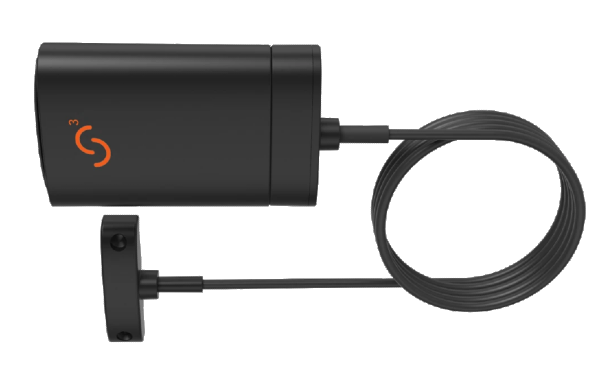
Add-on sensors and accessories are available to let you monitor bilge activity/water level, shore power connection/outages, vessel entry security as well as ambient temperature and fluid tank levels. Each of these systems as well as the battery and GPS positioning can be monitored via your smartphone with flexible alert settings. Visit the Siren Marine website to learn more.
Nautic Alert with Nevata HD™ and X2 Vessel Security – A pioneer in the remote vessel monitoring arena, Nautic Alert offers many of the features referenced above but also dials up vessel security to even higher levels with two key optional features: Nevata™ electronic bilge switching and Nautic Alert Insight X2 monitoring system.
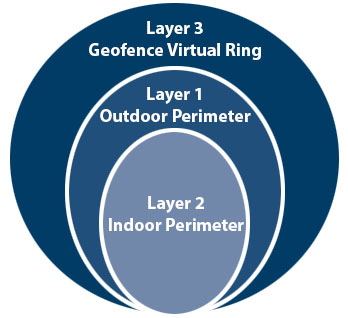
If dealing with water incursion from a remote location or in short-handed crew situations is a concern, the Nevata Bilge Pump sensor and controller will monitor bilge events and, when necessary, switch to backup bilge pumps should primaries become compromised. With regards to vessel security, Nautic Alert technology can provide three layers of protection: Outdoor perimeter via microwave and FLIR-based imaging sensors, Interior Vessel protection with hidden radar-based detection technology, and GPS-base geofencing movement detection for anchor slippage or unauthorized vessel movement. Visit the Nautic Alert website to learn more.
There are other remote boat monitoring and management solutions in the marketplace you might consider; we intended this post as a first step in exploring these vessel security technologies. Please contact us with questions.

